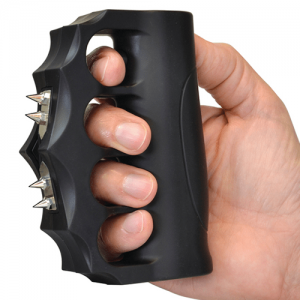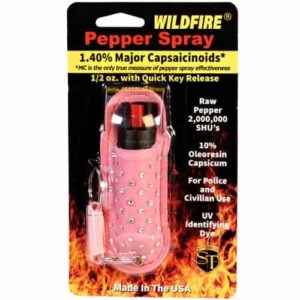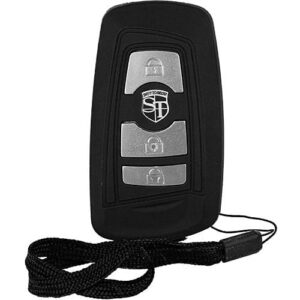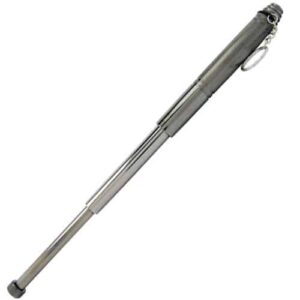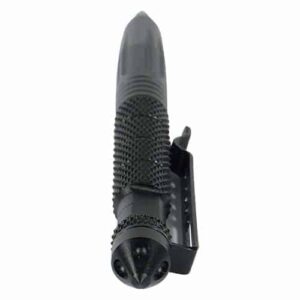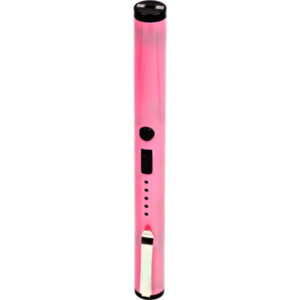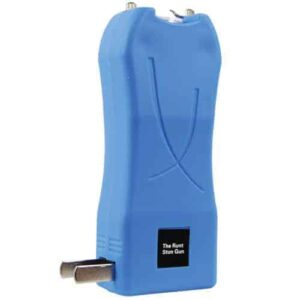Imagine you’re walking down a dimly lit street late at night, when suddenly a sense of unease washes over you. An empowering tool you have tucked in your pocket is pepper spray capsaicin. This compact and handy device, powerful in its defense possibilities, is anchored in the science of capsaicin, the irritant found in chili peppers. In this article, you’ll learn about the applications, effectiveness, and the underlying mechanisms of how pepper spray capsaicin works. You’ll be intrigued, informed, and well-prepared for any situation that may come your way. Now, let’s unpack the potent power of pepper spray.
Table of Contents
TogglePepper Spray Capsaicin
When talking about self-defense tools, pepper spray is undoubtedly one of the most popular. It’s used worldwide by both civilians and police enforcement to deter threats and control unruly behavior. One of the main reasons for its effectiveness is an active ingredient known as capsaicin.
Let’s delve deeper into what capsaicin is, its role in pepper spray, and other pertinent details.
What is Capsaicin?
Capsaicin is a naturally occurring compound found in chilli peppers. It is the ingredient responsible for the intense heat you experience when you consume spicy food. But beyond its culinary uses, capsaicin has several other applications based on its pungent heat. One such application is pepper spray.
How is Capsaicin Used in Pepper Spray?
The capsaicin used in pepper spray is typically derived from exceptionally hot chilli peppers. When pepper spray is deployed, the capsaicin irritates the eyes, skin, and respiratory system, causing temporary blindness, pain, and difficulty breathing. The panicky disorientation caused by these symptoms allows the user of the spray to escape or take control of a potentially dangerous situation.

Pepper Spray vs. Capsaicin Spray
Pepper spray and capsaicin spray may seem similar, but there’s a distinct difference you should know about. All pepper sprays contain capsaicin; however, not all capsaicin sprays are necessarily pepper sprays. Capsaicin spray can be derived from different types of peppers and may have different concentrations of capsaicin. The effectiveness of the spray depends largely on the concentration of capsaicin within it, its delivery method, and the formulation’s overall quality.
Benefits of Using Capsaicin in Pepper Spray
Capsaicin’s inclusion in pepper spray brings about several noteworthy benefits. Its primary advantage is that it’s a non-lethal solution for self-defense. When sprayed into an attacker’s face, it incapacitates them for a significant amount of time (generally 15-45 minutes), but it does not cause long-term physical harm.
Additionally, capsaicin does not rely on pain to be effective, making it useful even against those who might be resistant to pain due to drugs or mental illness. Furthermore, the effects of pepper spray are immediate, providing the user with a clear opportunity to escape the situation.
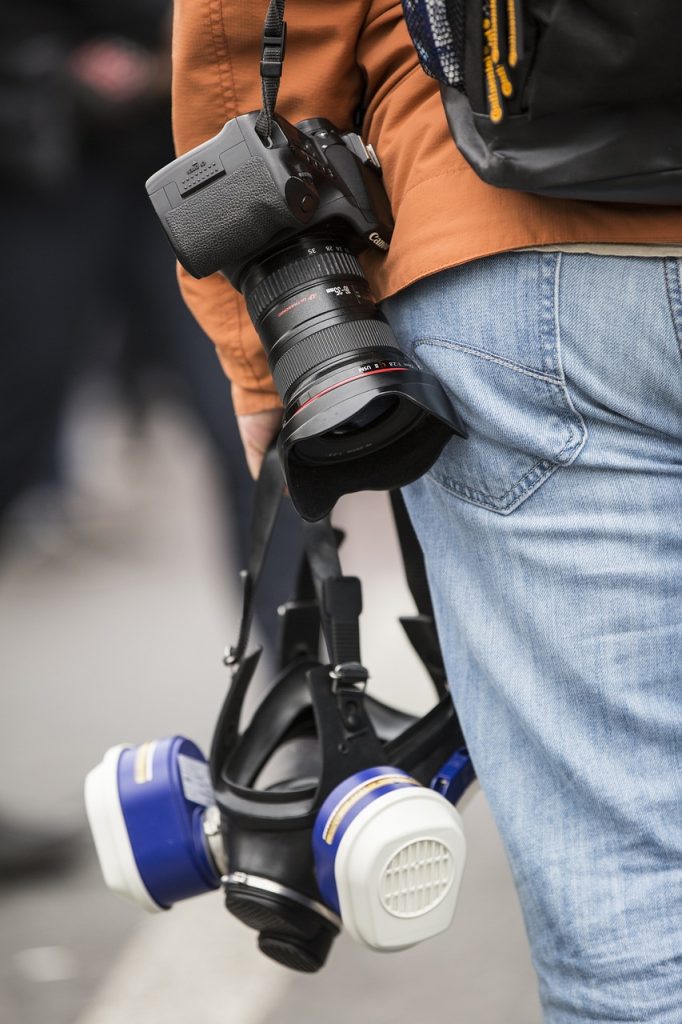
Safety Considerations
While using capsaicin-based pepper spray is generally safe, certain precautions are necessary. Accidental exposure can lead to significant discomfort, and misuse might worsen the situation. Always ensure you’re spraying in the direction of the assailant and not against the wind. It’s also advisable to familiarize yourself with the device and how it operates before you need to use it.
Effectiveness of Capsaicin as a Self-Defense Tool
Capsaicin-based pepper sprays rank high in terms of effectiveness as a self-defense tool. The intense burning sensation they induce is virtually impossible to endure or ignore, causing instant retreat. This effect is temporary and wears off after some time, but it provides a substantial window for evasion or seeking help.
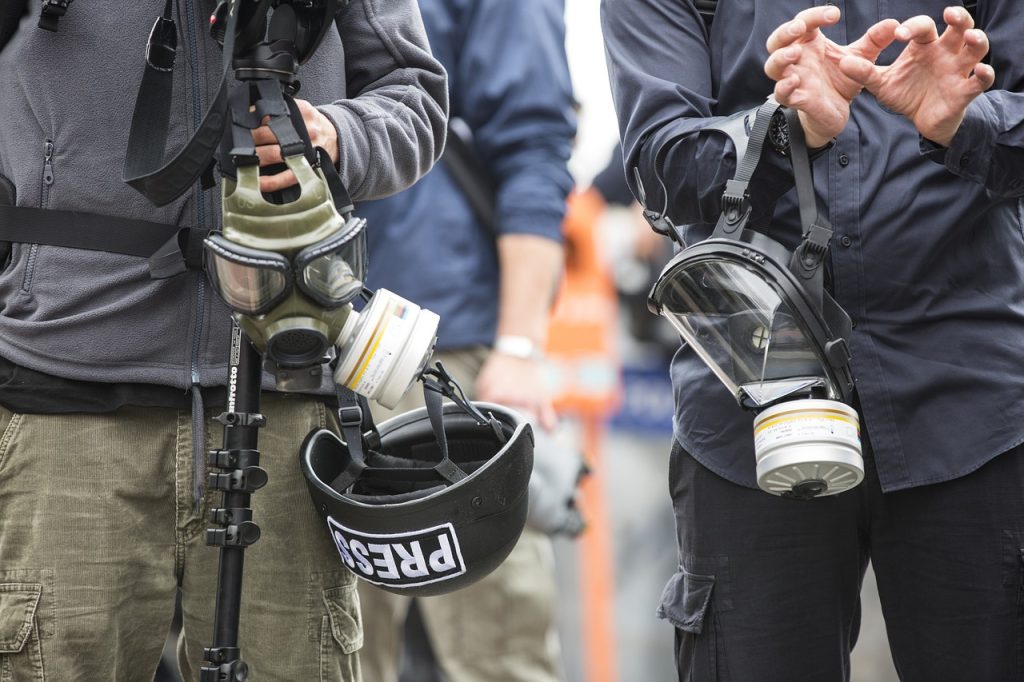
Proper Use of Pepper Spray with Capsaicin
Understanding how to use pepper spray correctly is crucial. Aim for the face, especially the eyes and mouth where the mucous membranes are, for best results. Upon spraying, create distance between yourself and the assailant, and call for help or escape the scene. After using the spray, avoid touching your face until you’ve washed your hands thoroughly to prevent accidental self-exposure.
How to Choose the Right Pepper Spray with Capsaicin
When choosing a pepper spray, consider factors such as the capsaicin concentration, the spray coverage, and the carry method. Products with a higher capsaicin concentration are more potent and thus more effective. Also, look for sprays that have a wide-dispersal pattern, as this makes it easier to hit your target.

Legality and Regulations of Pepper Sprays Containing Capsaicin
In most jurisdictions, carrying pepper spray for self-defense is legal. However, regulations vary from place to place. Some areas restrict the sale and possession of pepper spray, or require a permit to carry it. Be sure to understand and abide by the laws in your area before purchasing capsaicin-based pepper spray.
Potential Side Effects and Precautions
While the effects of capsaicin-based pepper spray are temporary, exposure can still be quite unpleasant. Symptoms can include intense burning sensations, difficulty breathing, nausea, and temporary blindness. If you accidentally expose yourself or someone else to pepper spray, rinse the affected area with cold water and soap. Never rub or use oil-based lotions, as they can intensify the burning. Seek medical attention if the symptoms persist.
Despite these potential side effects, remember that the primary purpose of pepper spray is to protect you. When used appropriately, the benefits outweigh the risks.



